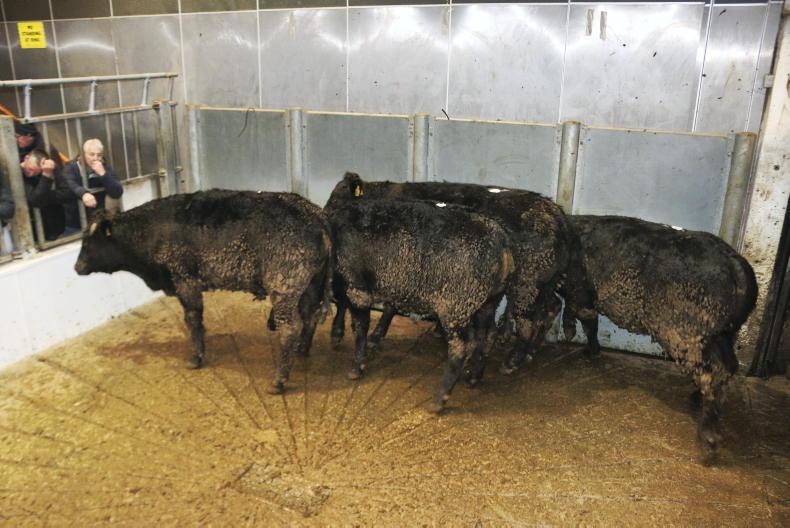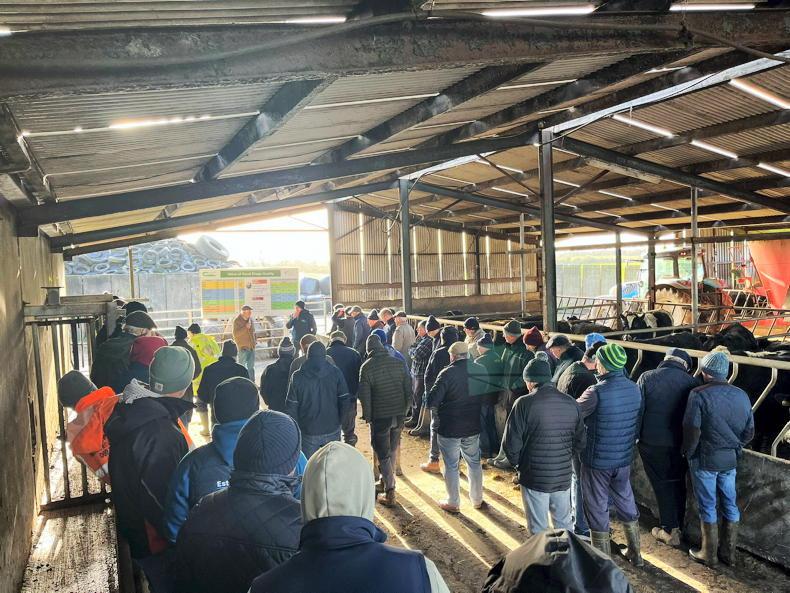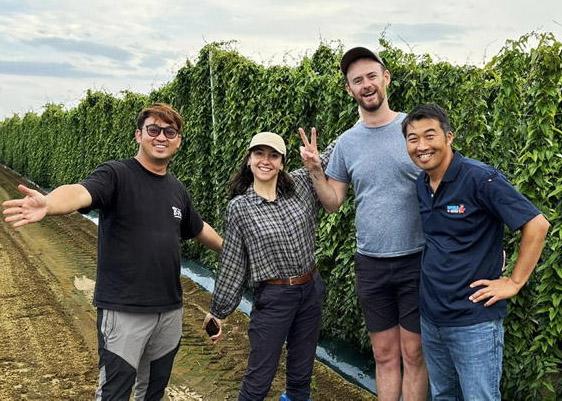The beef trade is buoyant and farmers who are currently finishing dairy beef stock out of the shed are receiving a decent price for their stock. Therefore, the mood among dairy beef farmers currently is positive and farmers are seeing a return for their investment of time and money.
In livestock marts, we are seeing huge demand for short- and medium-keep stock which is being driven by the confidence that is in the market for the coming weeks and months.
However, carrying that confidence into the calf ring should possibly come with a note of caution.
Return on investment
Most of these animals, will not deliver a return on investment until the spring of 2025 at the earliest. Carrying stock over this timeframe, given where input costs are, carries a huge amount of risk.
On the Thrive demonstration farm, the stock that were slaughtered between 19- and 21 months of age in autumn had an average variable cost of €976/head. Had these animals been rehoused and finished out of the shed this spring, that figure would have been north of €1,200/head.
Cost comparison
Looking at the rearing costs for calves that will be purchased this spring, input costs alone will increase by around 25% compared to last year.
If we compare them to 2021, which is when the stock slaughtered last autumn were reared, variable costs for the rearing phase (arrival to two weeks post-weaning off milk) are set to be 44% higher this year.
Looking within the overall figure, we see that key inputs of milk replacer and concentrate account for most of this price hike.
On the demo farm over the past three years, calves have averaged 1.6 bags of milk replacer per head. While some will argue this could be reduced, in reality, this is similar to what is being fed to calves on the average rearing farm.
Alongside this, there is 50kg of concentrate being fed to each calf on average from an average arrival age of 17 days old through to two weeks post-weaning off milk.
The reason for counting in the two weeks post-weaning is that all calves will need to be fed meal post-weaning at a rate of 1kg/day for at least two weeks.
After this, the feeding regime on farms will start to differ, with some farmers starting to reduce meal feeding at this point while others will continue to feed 1kg throughout the entire first season at pasture. These concentrate costs can be attributed to the grazing season costs.
Concentrate costs
Comparing the meal costs to last year, there is a 46% increase where we factor in a tonne of starter ration at €540/t this year compared to €380/t in 2022. However, looking back to spring of 2021, there has been an increase of 93% in meal feeding costs as the farm was purchasing meal for €280/t at that time.
Veterinary
Veterinary costs are set to increase this spring as well on the Thrive demo farm. With over 100 calves coming from multiple sources, a rigorous health protocol is necessary.
Every calf receives a pneumonia vaccination as well as being covered for clostridial diseases.
It comes at a cost. However, the risk associated with disease breakout on the farm would be much more costly in terms of mortality rates and the cost of lost performance in stock both while they are sick and potentially lifetime limitations.
Overall, vet costs during the rearing phase are set to increase by 13% this year compared to 2022.
Every farmer needs to sit down and consider their own costs prior to investing in calves this year. The calf price column has been left empty in Table 1 as it remains to be seen what we will have to pay for calves this season.
The average net margin on the Thrive demo farm last year was €210/head. All else being equal €30/head of that is set to be wiped off with the extra rearing costs this year.
The average beef price received for the stock in autumn was €4.94/kg. Therefore, the beef market will need to remain strong into the end of 2024 and throughout 2025 for the system to return a profit.










SHARING OPTIONS